Rachel Casper is a student at Harvard Law School.
An in depth article on this topic by the author, titled “When Harassment at Work is Harassment at Church,” is forthcoming in The University of Pennsylvania Journal of Law & Social Change, Vol. 25, Issue 1 (2021).
“Ministerial employee of a religious organization” sounds niche: an imam at a mosque, a pastor at a church, a rabbi at a synagogue. Despite the unambiguous image the term evokes, the reality sweeps far wider. That a communications specialist, camp counselor, math teacher, or nurse doesn’t sound like a ministerial employee – doesn’t look like the prototypical “minister” – doesn’t mean that they aren’t one.
There are, by most counts, hundreds of thousands of workers in the United States who qualify as “ministerial employees of religious organizations.” These hundreds of thousands of workers stand in a precarious position, their legal status and ability to effectuate their rights uncertain. Can ministerial employees bring harassment claims against their religious employers? Put differently, can religious employers harass their ministerial employees with impunity and without fear of legal recourse? Does the ministerial exception bar ministers’ hostile work environment claims? While the courts remain conflicted, the correct answer is clear: the ministerial exception need not and should not bar all ministerial employees’ hostile work environment claims.
In Hosanna-Tabor in 2012, the Supreme Court first recognized the “ministerial exception,” a constitutional exception to employment discrimination laws. The ministerial exception is an affirmative defense: When a ministerial employee alleges discrimination in hiring or firing, a religious defendant can argue that the claim is barred by the ministerial exception. If the employee is in fact a minister, their claim will be barred.
Grounded in a theory of church autonomy, the ministerial exception was held necessary to protect a church’s First Amendment rights to select and control their ministers without state interference. In Hosanna-Tabor, the Court applied the exception to a teacher at a parochial school who brought a claim of disability discrimination. The teacher alleged that she was fired because of her disability, in violation of the Americans with Disabilities Act (ADA). But because the plaintiff taught some religious subjects and sometimes led students in prayer, the Court held that she was a minister for purposes of the exception. Thus, her claim was barred. In 2020, in Morrissey-Berru, the Court broadened the definition of ministerial employee, utilizing a totality of the circumstances analysis and holding that “[w]hat matters, at bottom, is what an employee does.” The Court considered whether the employee communicated the faith or “performed vital religious duties,” but insisted that there is no “rigid formula” for determining who constitutes a minister for purposes of the exception. Employees with no clerical title, no religious training, and who themselves are not a member of the religion could, according to the Court, nonetheless be ministers and subject to the ministerial exception.
That the ministerial exception exists is settled law. Whether the ministerial exception applies to hostile work environment claims remains open. Three circuits have addressed this question, albeit with varying results. In Bollard, the Ninth Circuit held that the “scope of the ministerial exception…is limited to what is necessary to comply with the First Amendment.” Because harassment doesn’t implicate a religious organization’s choice of ministers, harassment falls outside the scope of the exception. The Ninth Circuit reiterated this position in Elvig, where it held that redress for harassment was possible without “attaching liability to ministerial employment decisions protected by the First Amendment.” In contrast, the Tenth Circuit, in Skrzypczak, barred a minister’s harassment claim, holding that hostile work environment claims “implicate a church’s spiritual functions,” and “may… involve gross substantive and procedural entanglement with the Church’s core functions, its polity, and its autonomy.”
Sitting en banc in February 2021, the Seventh Circuit heard oral argument on this topic in Demkovich. There, a choir director – a ministerial employee – alleged harassment on the basis of sexuality and disability. The certified question was: “Should the constitutional exemption be extended to categorically bar all hostile environment discrimination claims by ministerial employees, even where there is no challenge to tangible employment actions like hiring and firing?” The defendant, Demkovich’s religious employer, argued that ministers’ hostile work environment claims, like discrimination in hiring and firing, necessarily implicate the church-minister relationship and, accordingly, must be categorically barred. Demkovich advanced a case-by-case analysis; ministers’ hostile work environment claims need not be barred by speculative First Amendment problems that may never materialize. Demkovich argued that, unlike discrimination in hiring or firing cases, harassment claims do not categorically entangle a court with religious questions or with a church’s selection of their ministers. While some ministerial harassment claims may impermissibly entangle a court with religious questions, such was not the case here – the court could evaluate his claims without infringing on the defendant’s First Amendment rights.
As the Ninth Circuit recognized, hostile work environment claims are not merely different in scope, but are in fact different in kind than the discrimination in hiring or firing claims at the heart of the ministerial exception. Unlike discrimination in hiring, ministers’ hostile work environment claims fail to implicate protected church choice and autonomy. An individual supervisor’s use of slurs or unwanted sexual conduct does not implicate a church’s right to choose their ministers without state interference. Such claims should therefore not be barred.
Indeed, this rule would be consistent with the general principle that religious organizations have no blanket immunity from litigation. Ministerial employees, for example, may bring tort claims against their religious employers without infringing on their employer’s First Amendment rights. Tort claims by ministerial employees, including claims of libel, intentional infliction of emotional distress, and battery have been held permissible when they require only the application of neutral principles of law, avoid ecclesiastical questions, and courts appropriately control discovery. Hostile work environment claims are essentially tortious and, like torts, should be presumptively permissible. Courts are well-equipped to analyze ministerial employees’ claims against their religious employers and grapple with any potential First Amendment implications if and when such arguments are raised. If a religious employer faced with a minister’s hostile work environment claim points to specific conflict with their religious doctrine, excessive entanglement with their religion, or an infringement on their ability to choose who communicates the faith, then a court must, at that time, run through familiar First Amendment analysis. But the purpose of the ministerial exception is to protect a church’s choice in who communicates the faith; protecting that choice does not require a categorical exclusion of ministers’ hostile work environment claims.
A categorical exception would needlessly close the courthouse doors to hundreds of thousands of workers – that camp counselor, teacher, or nurse – undermining their rights to dignified workplaces and protection from workplace harassment. That outcome is preventable. A presumption that all workers can redress workplace harassment, subject to a case-by-case constitutional analysis, provides appropriate deference to the First Amendment while also better protecting workers.
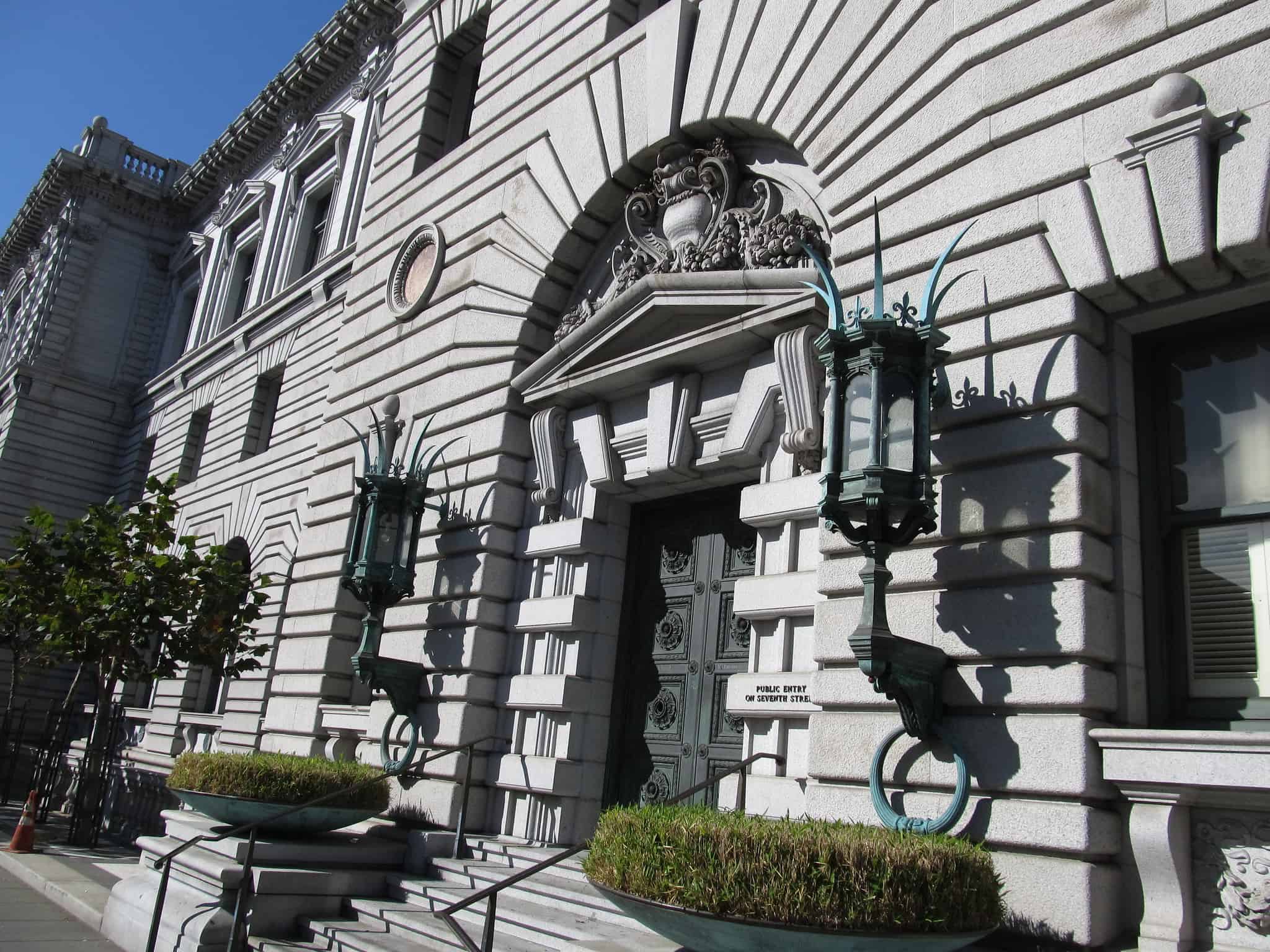


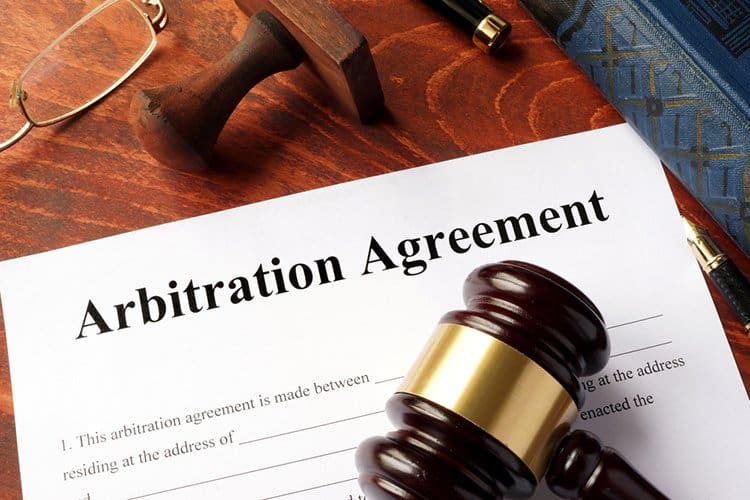

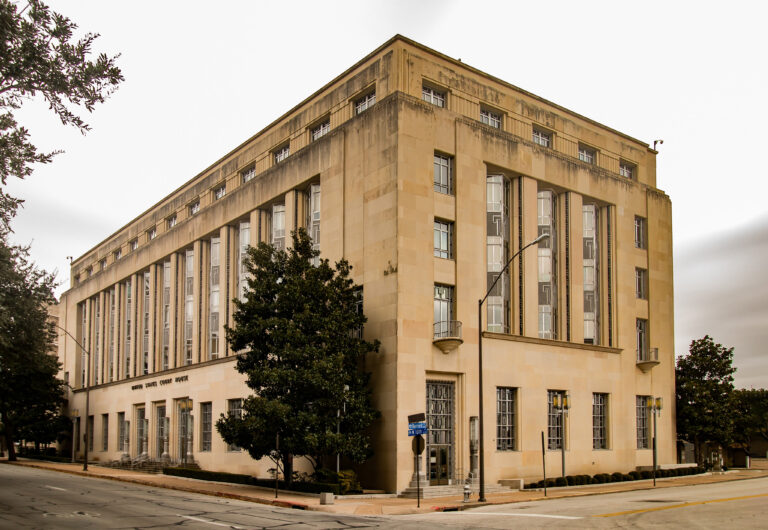
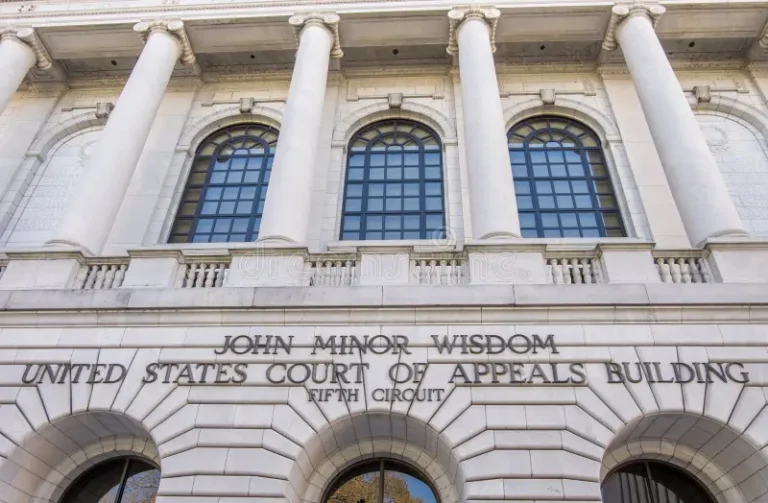

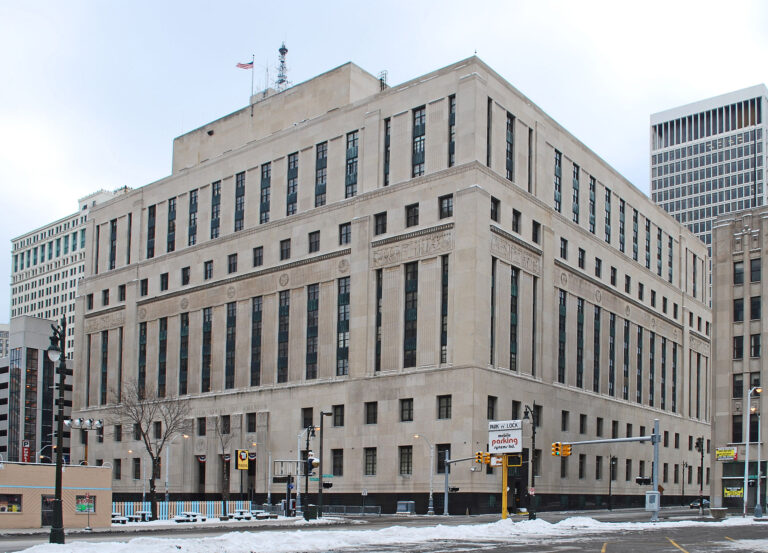
Daily News & Commentary
Start your day with our roundup of the latest labor developments. See all
December 11
In today’s News and Commentary, Biden’s NLRB pick heads to Senate vote, DOL settles a farmworker lawsuit, and a federal judge blocks Albertsons-Kroger merger. Democrats have moved to expedite re-confirmation proceedings for NLRB Chair Lauren McFerran, which would grant her another five years on the Board. If the Democrats succeed in finding 50 Senate votes […]
December 10
In today’s News and Commentary, advocacy groups lay out demands for Lori Chavez-DeRemer at DOL, a German union leader calls for ending the country’s debt brake, Teamsters give Amazon a deadline to agree to bargaining dates, and graduates of coding bootcamps face a labor market reshaped by the rise of AI. Worker advocacy groups have […]
December 9
Teamsters file charges against Costco; a sanitation contractor is fined child labor law violations, and workers give VW an ultimatum ahead of the latest negotiation attempts
December 8
Massachusetts rideshare drivers prepare to unionize; Starbucks and Nestlé supply chains use child labor, report says.
December 6
In today’s news and commentary, DOL attempts to abolish subminimum wage for workers with disabilities, AFGE reaches remote work agreement with SSA, and George Washington University resident doctors vote to strike. This week, the Department of Labor proposed a rule to abolish the Fair Labor Standards Act’s Section 14(c) program, which allows employers to pay […]
December 4
South Korea’s largest labor union began a general strike calling for the President’s removal, a Wisconsin judge reinstated bargaining rights for the state’s public sector workers, and the NLRB issued another ruling against Starbucks for anti-union practices.